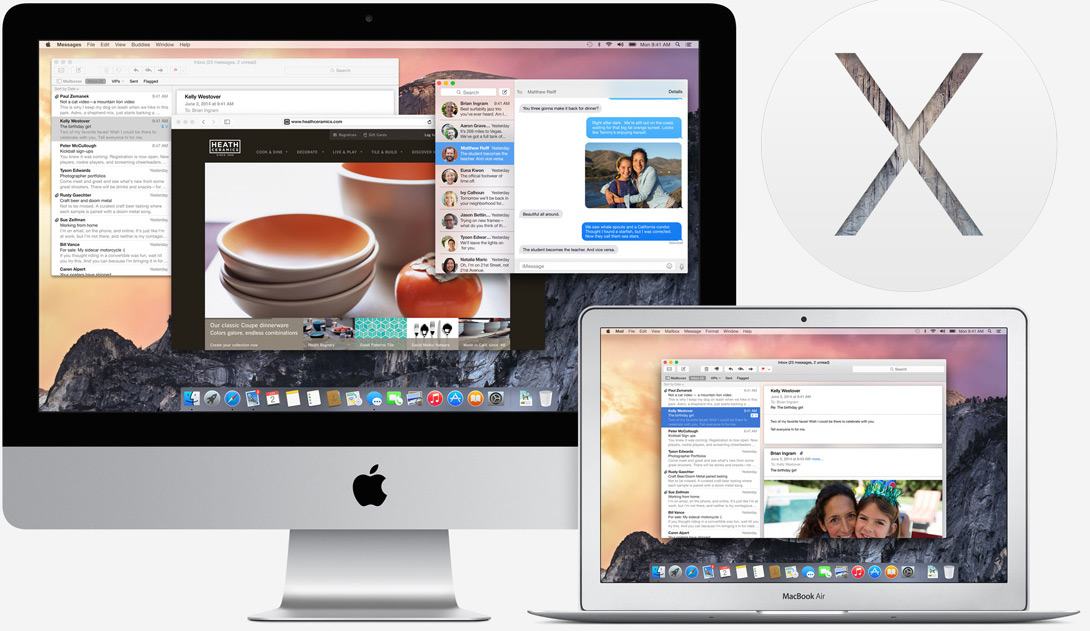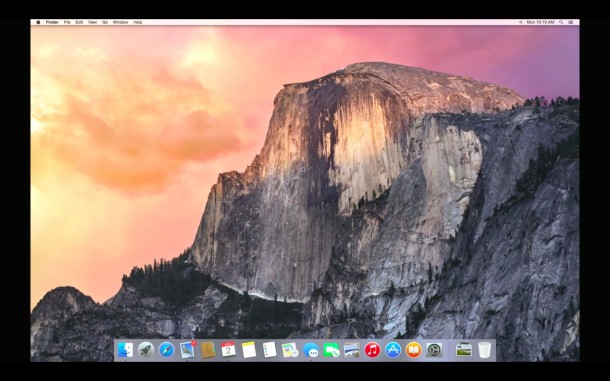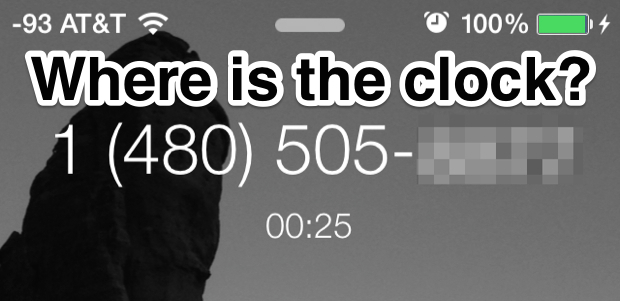OS X Yosemite System Requirements & Compatible Macs List

OS X Yosemite will be one of the most exciting updates to Mac system software in many years, complete with an all new user interface, major iOS integration, and tons of new features. Of course all the excitement surrounding Yosemite is largely useless if your Mac won’t actually run OS X 10.10 when it launches in a public release this fall, so let’s quickly find out if your Mac can run OS X Yosemite.












 Many Mac users choose to put their computers to sleep when they’re not in use, and unless Macs are
Many Mac users choose to put their computers to sleep when they’re not in use, and unless Macs are  Animated GIFs are little moving images and they can be a lot of fun, particularly since they can be
Animated GIFs are little moving images and they can be a lot of fun, particularly since they can be 

 Many Mac users rely on iPhoto for their image management and to pull pictures from a digital camera, an
Many Mac users rely on iPhoto for their image management and to pull pictures from a digital camera, an 